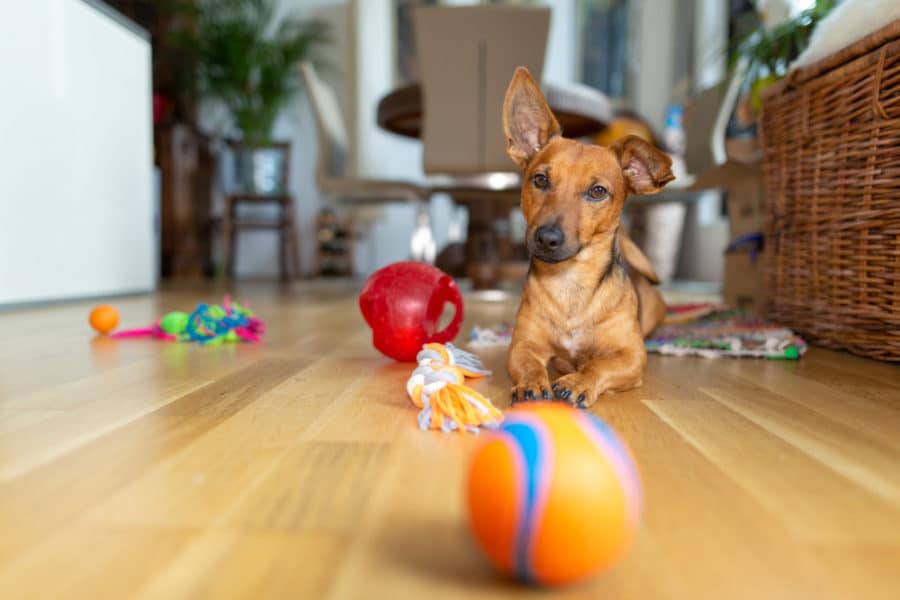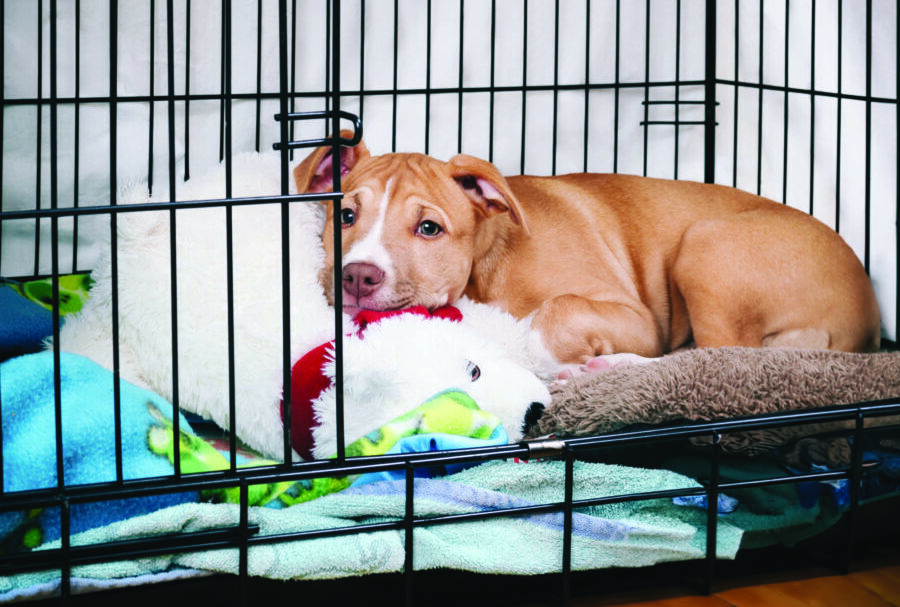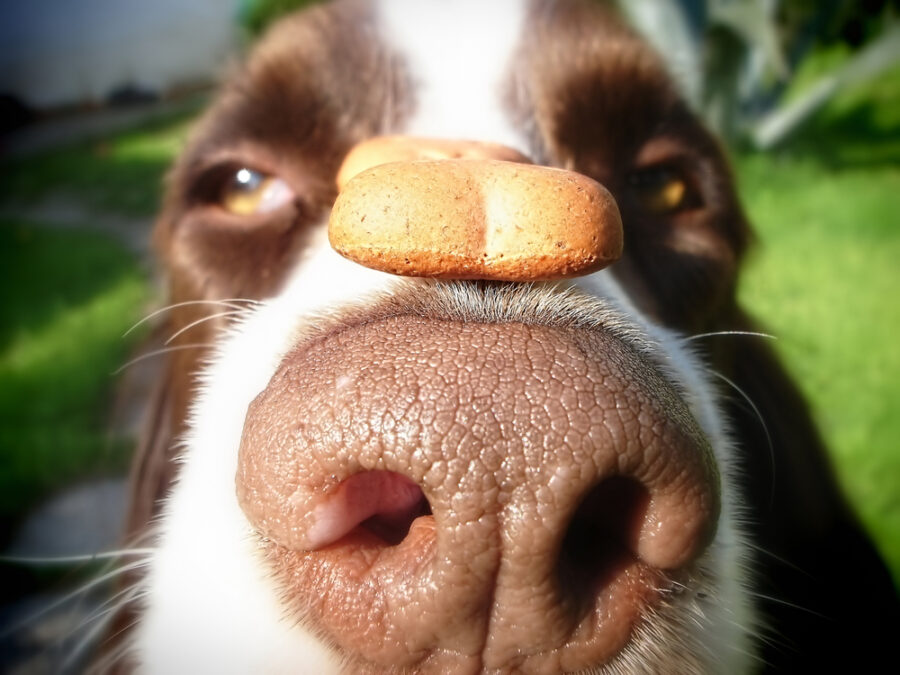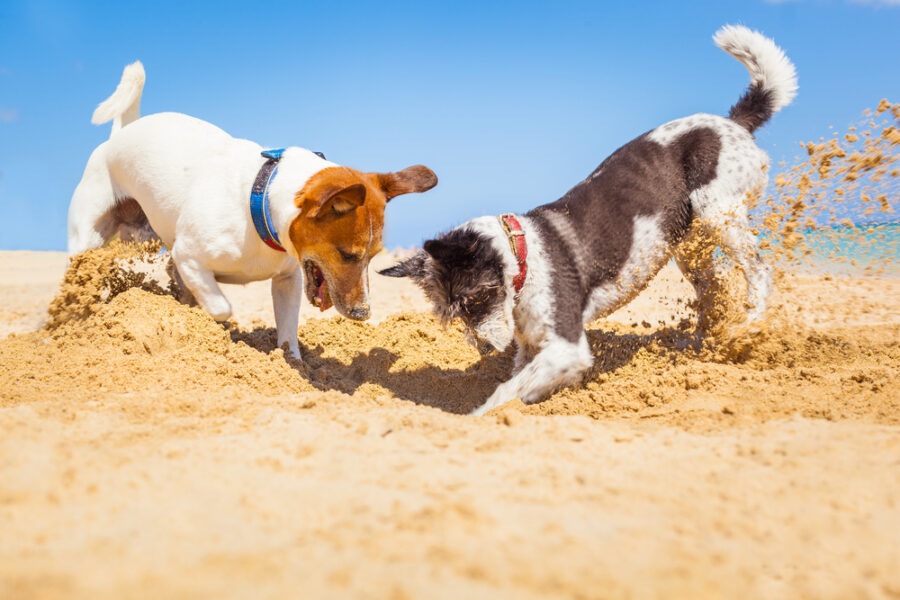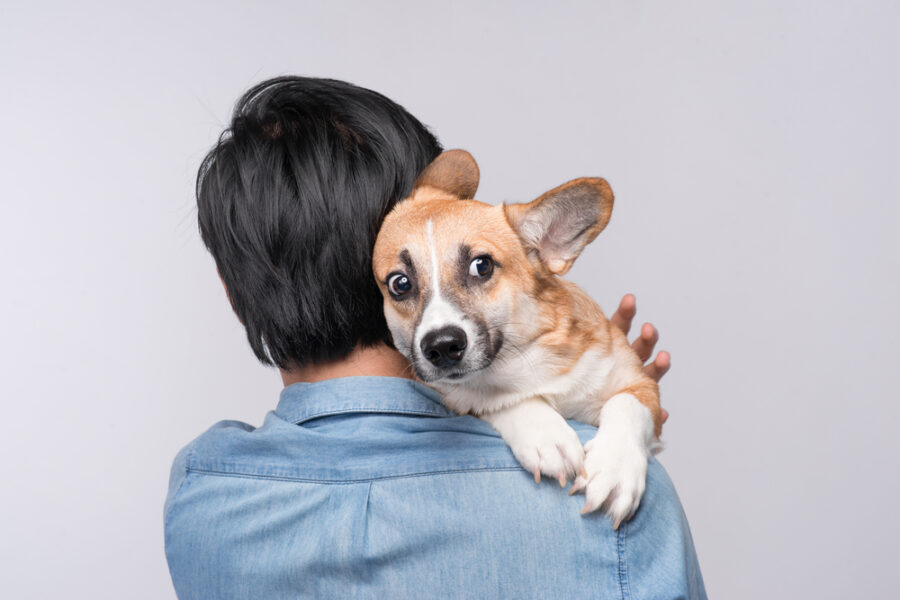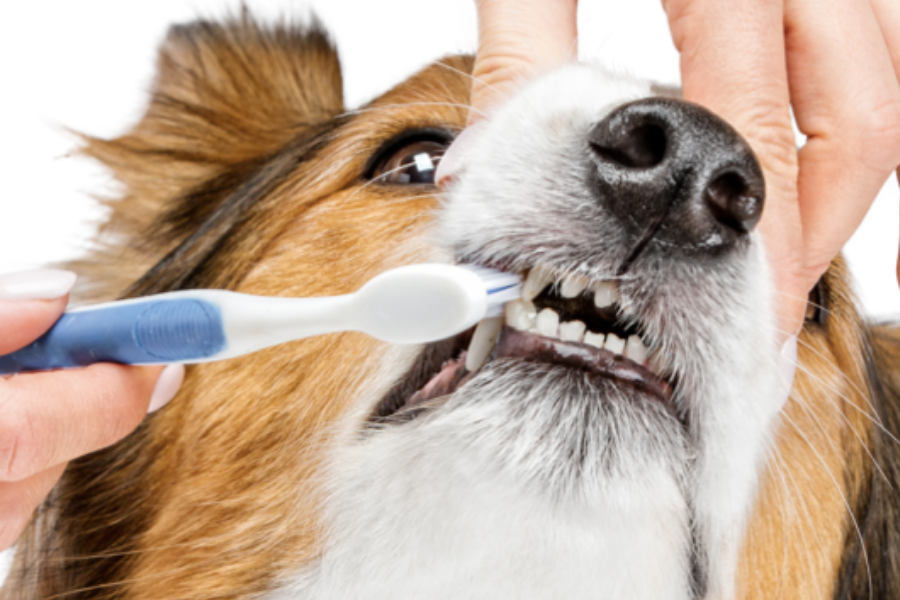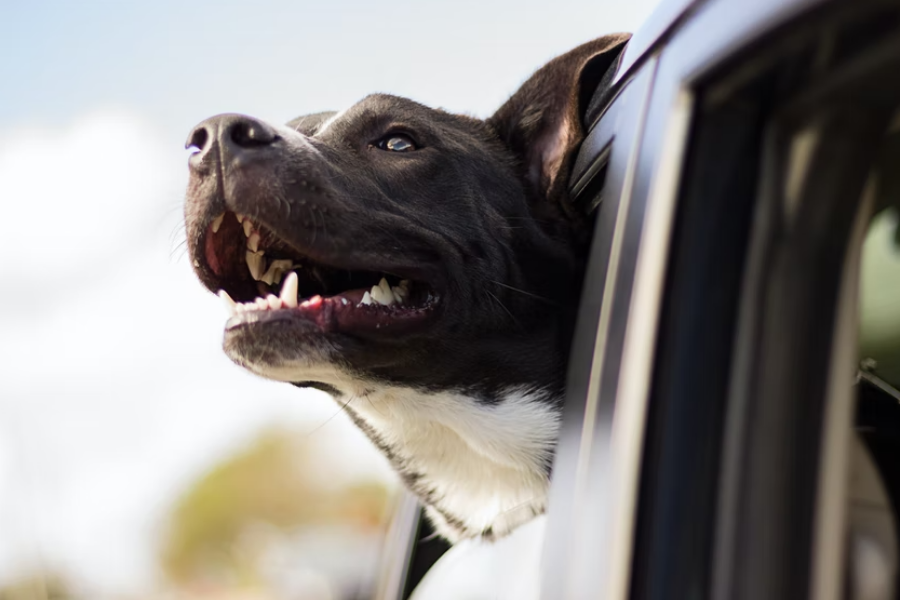Playing with toys is important to your dog’s well-being and happiness. To guard against accidental injury, follow these six toy safety tips.
Play is one of my favorite topics. It improves a dog’s social connections, and provides him with exercise and mental stimulation. Play doesn’t always involve toys, but when it does, it’s important to choose them wisely. Here are six tips to help you choose the safest toys for your own dog.
1. Think about the toy’s size
The first step in choosing a safe toy for your dog is to look at the size of the toy versus the size of his mouth. Is he able to fit the toy completely inside his mouth, thereby making it a choking hazard? Or is the toy so large that your dog strains his jaws to try to get hold of it?
One other thing to think about is what happens to the toy when your dog compresses it with his jaw. Take a ball, for example. If a dog bites hard on the ball, it will flatten down, which means he could get it inside his mouth. Then the ball pops back to the original size while inside his mouth. I actually saw a Boston terrier manage to get his mouth around a tennis ball, but was not able to release it! Luckily, we were able to wedge his mouth open enough to release the ball before any breathing issues began. Lesson learned.
Look for a toy that your dog can easily grab, toss, and fetch. Try to avoid toys he can get inside his mouth.
2. Look at what the toy is made of
During your search for dog toys, pay close attention to what they’re made of. Choosing the safest toy for your dog depends on a few factors, including his personal chewing style, your quality control criteria, and whether or not the toy has any moving parts that might easily be chewed off. Plush toys are great for interactive play such as fetch, “find it”, and tug. When your dog is left alone with these toys, however, they can be quickly chewed apart, leading to the ingestion of squeakers and batting, and an emergency vet visit.
Rubber toys tend to be more durable and are a safer option for your dog if he’s unsupervised. Again, this will depend a lot on the size of the toy and your dog’s chewing style. Personally, I feel the safest option is to take most toys away when your dog is unsupervised.
3. Determine if the toy is too hard
The toughness of a toy does not equate to safety. For my own dog, Dexter, I take the kneecap tap test provided by veterinarian Dr. Julie Buzby: “Would it hurt you if someone hit you on the kneecap with the dog toy? If so, it’s too hard for your dog to chew and, therefore, not a safe toy.”
It’s best to look for a toy that has some give to it when your dog bites down on it.
4. Consider a toy you can fill with snacks or food
Allowing your dog to work for his food is not only mentally challenging, but can be a great way to keep him occupied while you focus on something else. This is especially true for busy pups. Some toys are designed to be filled with wet food or pureed fruits and vegetables, then frozen for a treat. Other toys are intended for dry food or treats; your dog can knock it around with his nose or paws to dispense the rewards.
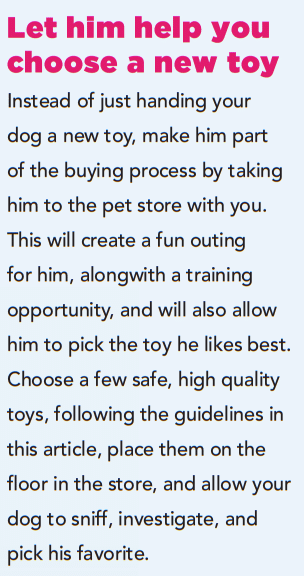 Again, be sure to pair the toy size with the size of your dog’s mouth. Also, pay close attention to puzzle toys to ensure your dog can’t remove any pieces and ingest them. You should also double check that your dog isn’t eating bits of rubber if he’s chewing on a frozen snack toy.
Again, be sure to pair the toy size with the size of your dog’s mouth. Also, pay close attention to puzzle toys to ensure your dog can’t remove any pieces and ingest them. You should also double check that your dog isn’t eating bits of rubber if he’s chewing on a frozen snack toy.
5. Buy toys from reputable sources
You may want to purchase toys that are made in the US or Canada, and that’s great. However, it’s important to know that the term “made in” doesn’t mean the parts or materials used in the toy came from the same country. “Made in” simply means the toy and all its parts were assembled in that country. All the raw materials used for the toy could have been sourced from other countries where health and safety standards aren’t as high as they are here. If you want to ensure that every part of a dog toy comes from reputable countries, you will need to contact the manufacturer and ask where the raw materials are sourced.
6. Know when it’s time to toss a toy away
Buying high quality dog toys is going to cost more, but you get what you pay for. A bigger investment up front can be more beneficial in the end, both financially and emotionally. A better quality toy will last longer and be less likely to fall apart or cause an injury requiring veterinary attention. Even with the best quality toys, however, the day will come when it’s time to throw them out and replace them. If you see excessive wear and tear on your dog’s toy, or there are bits coming off, it’s best to get rid of it.
Play is a valuable activity for your dog. Factoring safety into your choice of toys for him may take some extra time and forethought, but doing so can help ensure that playtime stays safe as well as fun!

